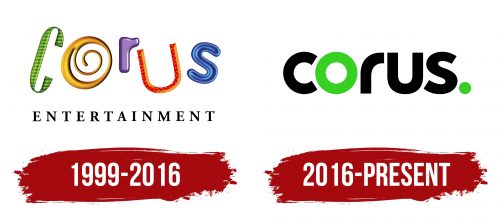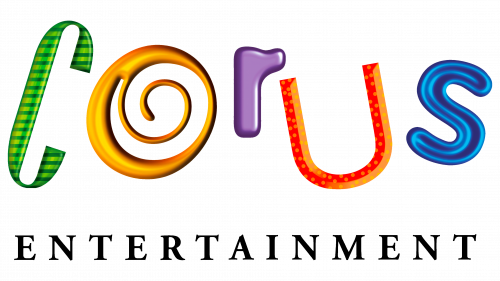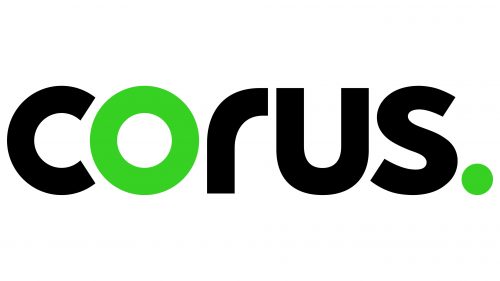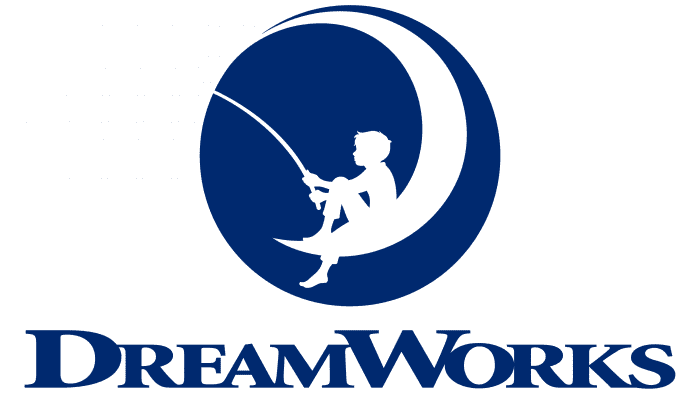The logo of Corus Entertainment looks balanced yet modern, reflecting the company’s dynamic and active role in the digital technology world. The emblem demonstrates stability, emphasizing the company’s commitment to growth and global expansion. The logo’s color scheme symbolizes the wide reach of the media holding, hinting at the variety of directions and platforms the company works with. Every element of the emblem highlights the rapid growth and confident steps the corporation is taking toward a global presence and dominance in the information space.
Corus Entertainment: Brand overview
Corus Entertainment’s history began in 1999 when Shaw Communications, a Canadian media giant, decided to spin off its media assets into a separate company. This move was prompted by changes in Canadian law that limited the co-ownership of broadcast and cable networks. The newly formed company officially started operations on September 1, 1999.
From the outset, the business controlled key assets, including several radio stations and television networks like YTV, Treehouse TV, and Country Music Television (CMT Canada), giving it a strong foundation for growth in radio and television broadcasting.
In 2000, the company pursued aggressive expansion by acquiring Power Broadcasting Inc., increasing its presence in the radio market. That same year, the acquisition of Nelvana, one of Canada’s largest animation studios, boosted its content library and allowed it to produce animated projects.
Further growth continued in 2001 with the purchase of additional radio stations from Metromedia CMR Broadcasting Inc., boosting its presence in Quebec’s radio market. This year also saw the launch of W Network, a television channel targeting women.
2002, the company launched Movie Central, a premium movie channel designed to compete with industry leaders like HBO Canada. This helped the company diversify its content portfolio and strengthen its position in the pay-TV market.
Further expansion came in 2005 with the acquisition of the popular horror channel SCREAM. That same year, a partnership with Cosmopolitan magazine led to the launch of Cosmopolitan TV, catering to a female audience.
In 2007, the company sold its stake in the Quebec television network TQS Inc. to focus on core assets. The VIVA channel, aimed at women over 40, was launched.
A major 2010 acquisition included W Network and several other specialty channels from Canwest, strengthening the company’s position in the women’s and lifestyle television sectors.
In 2012, the company partnered with Disney-ABC Television Group to introduce a Canadian version of ABC Family, expanding its influence in family entertainment.
Expansion continued in 2013, as the company acquired full control over Teletoon Canada Inc., gaining ownership of popular children’s networks Teletoon and Cartoon Network Canada.
A pivotal moment came in 2016 with Shaw Media’s acquisition of $2.65 billion. This deal expanded operations, adding 19 specialty TV networks and the Global Television Network, solidifying the company’s status as one of Canada’s leading media entities.
In 2018, the company sold its French-language television and radio assets in Quebec to Cogeco for $80 million, allowing a stronger focus on English-speaking markets.
The launch of StackTV in 2019 through Amazon Prime Video Channels marked a major adaptation to shifting media consumption patterns.
Despite challenges in 2020, the company grew its digital offerings, expanded its social media presence, and launched new streaming services to reach audiences across all platforms.
In 2021, the company concentrated on digital projects, expanding its podcast offerings and investing in original streaming and traditional television programming.
By 2022, the company had firmly established itself as one of Canada’s leading media organizations, investing in new technologies and content formats.
As of 2023, the business continues to grow, maintaining its position as a key player in the Canadian media industry. The company remains focused on expanding digital platforms, creating original content, and staying aligned with new trends across the media industry.
The company has evolved from a Shaw Communications spin-off into one of Canada’s largest independent media players. The company has developed a broad portfolio encompassing digital media, radio, television, and content production by expanding through acquisitions, launching new channels, and embracing technological innovations.
Meaning and History
What is Corus Entertainment?
This Canadian media organization creates a wide range of content for multiple platforms. This media giant serves a diverse audience, from children to adults, through its radio stations, television networks, and online domains. As the parent company of the well-known animation studio Nelvana and popular networks YTV and Teletoon, it has a strong presence in the children’s entertainment market. The company is recognized for its contribution to producing high-quality and diverse content, covering a variety of genres and topics, including educational and entertainment programming.
1999 – 2016
The emblem of the Corus Entertainment holding is designed as a bright and lively name, where each letter can be seen as a unique character with its own personality. Each letter stands out with its color and structure:
- C resembles a ribbon in a green checkered pattern, evoking associations with flexibility and lightness.
- O is twisted into a spiral, like cream or polish, symbolizing smoothness and constant development.
- R is voluminous and pearlescent, with a purple tint, emphasizing its significance and beauty.
- U is designed in orange-red tones with a groove in the middle, as if studded with LEDs, adding dynamism and modernity.
- S has a dark blue color with a neon core in the center and glowing outlines, conveying a sense of innovation and progress.
The roots of the company’s name play on the word “core,” highlighting that Corus has become the core of uniting various media assets of the Shaw family. The diversity of the letters reflects the merging of many media formats, from radio and television to print publications, covering all of Canada.
Children’s programming is given particular attention, which became especially important after the acquisition of Nelvana. The vibrant letters of the logo emphasize the company’s focus on a young audience and creativity in content.
The clear black “Entertainment” inscription beneath the main logo separates the entertainment and creative programs from the company’s serious, professional approach to managing and organizing its entire media structure.
2016 – today
The updated logo, which appeared after the reorganization and acquisition of Canwest Global’s assets, now looks more confident and solid. Smooth lines without unnecessary details emphasize its technological aspect and modernity. The logo symbolizes a new level for the holding, which now operates a major television network and the wireless provider Wind Mobile. The design conveys a futuristic yet balanced image, reflecting the company’s expanded influence in the media space.
The dot at the end of the name is not accidental—it symbolizes completeness and finality. This suggests that viewers don’t need to switch to other channels, as Corus covers all necessary sources of information. The holding owns television, newspapers, radio stations, and internet platforms, providing a full range of news and entertainment for all audience categories.
The letter “O” and the dot, executed in light green, resemble a target. This element emphasizes the precision and professionalism with which the holding’s programs cover key events and reveal the essence of the news. The green hue, borrowed from the former Canwest Global emblem, symbolizes the company’s growth and expansion.






